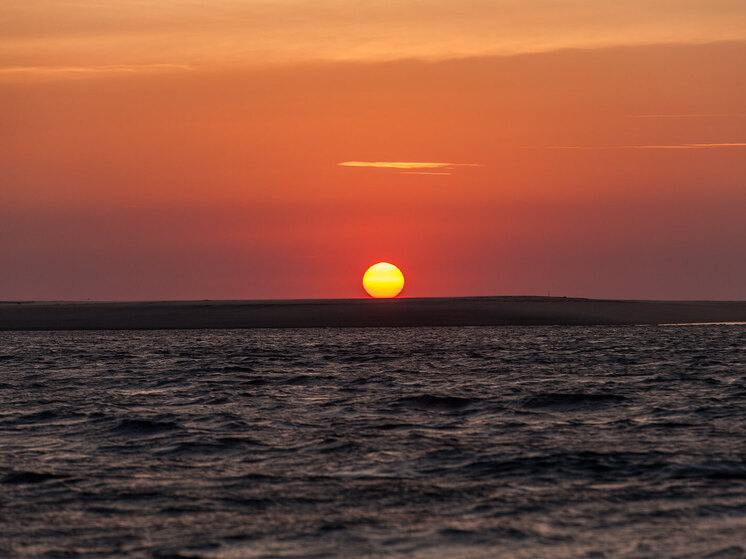The Sun experienced its first high-class flare in February

The Sun has experienced its highest class X flare yet

The first high-class X flare in February was recorded on the Sun on Sunday, TASS reports, citing the Institute of Applied Geophysics (Federal State Budgetary Institution “IPG”).
The last time flares of this level of power were observed was on January 4.
According to data from the Laboratory of Solar Astronomy of the Space Research Institute of the Russian Academy of Sciences and the Institute of Solar-Terrestrial Physics of the Siberian Branch of the Russian Academy of Sciences, the X2.0 flare occurred on the western edge of the Sun, which reduces the likelihood of its impact on Earth.
Solar flares are classified by the power of their X-rays into five classes: A, B, C, M, and X. The minimum class, A0.0, corresponds to a radiation level of 10 nanowatts per square meter at Earth's orbit. The power increases tenfold as they move to the next class. Flares are often accompanied by ejections of solar plasma, clouds of which, when they reach Earth, can cause magnetic storms.
Previously, it was reported that scientists cannot predict the consequences of a superexplosion on the Sun.
mk.ru







